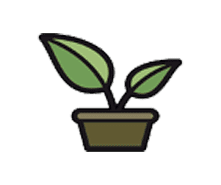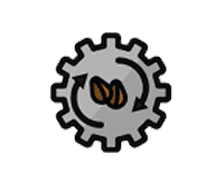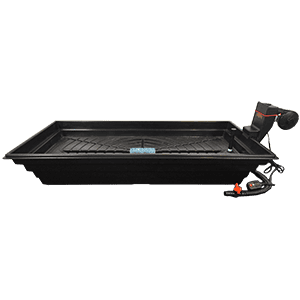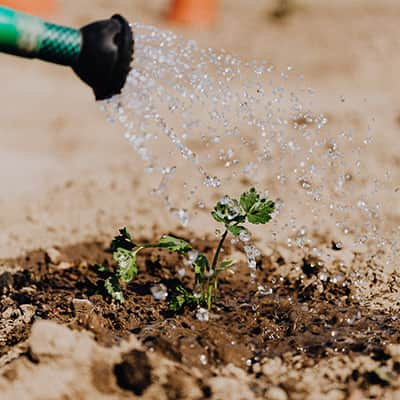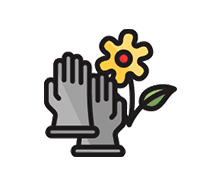Direct Sow vs. Seed Starting: Which Method Is Best for Your Plants?
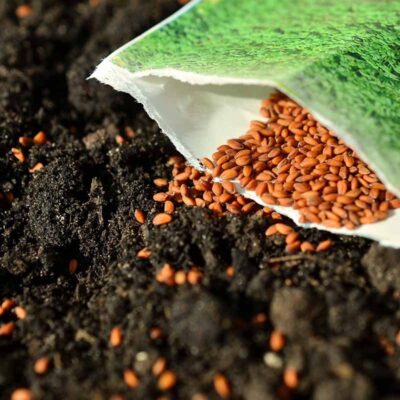
All gardeners want to see their plants thrive throughout the growing season before enjoying a bountiful harvest. However, before getting to that point, you must decide how to start your cultivation journey. There are two primary approaches to starting a garden: Direct sowing and seed starting. The former involves planting seeds directly into the soil where the plant will complete its entire lifecycle. Meanwhile, seed starting gives plants a head start in a more controlled environment before transplantation later. Both methods have their place in modern gardening, but which is best for your plants?
The Advantages and Disadvantages of Direct Seed Planting
Direct sowing can be an easy and sustainable planting method. Unlike the alternative, there’s no need to invest in additional gear like grow kits, heating pads, or indoor lighting. Direct seed planting is a low-cost approach if you have high-quality soil and agreeable weather conditions. Additionally, this technique can be better for certain types of plants. Many gardening tips for sensitive plant species recommend direct sowing to avoid transplant shock. It can also encourage your plants to develop a stronger root system, which may set them up for greater success later.
While direct seed planting can be beneficial for many different crops, it can be hit or miss. That’s particularly true in Canada. Canadian winters are long, leaving less time for plants to grow and establish in the spring. When direct sowing, your seeds are at the whims of Mother Nature. Seeds are susceptible to sudden weather changes, pests, invasive weeds, and more. As a result, there’s a greater chance of seedling failure.
Understanding the Pros and Cons of Starting Garden Seeds Indoors
Starting garden seeds indoors can be beneficial in many ways. One of the most game-changing gardening tips for Canadians is to start seeds early; the only way to do that is by germinating seeds in a warm, controlled environment away from the rough conditions of late winter. With a grow kit, you have complete control over temperature, lighting, moisture, and more, maximizing success.
There are still challenges present. Beyond needing the right gear, some plants are more sensitive to transplantation. You may have success in the germination and seedling stage, but failing to transplant your crops successfully could cause your plants to fail.
How to Grow Healthy Plants: Tips to Help You Choose the Right Approach
Ultimately, there’s no right or wrong choice. What’s right for your garden depends on the individual plants’ needs. Here are a few gardening tips and factors to consider when deciding which approach is best.
- Do Your Homework: When you want to learn how to grow plants successfully, you need to know everything about them. Do your due diligence to understand the typical growing season, time to harvest, and more.
- Consider Plant Preferences: Take time to understand the environmental preferences of your plants. Typically, plants that do well in colder weather benefit from direct sowing and are more sensitive to transplantation. Alternatively, heat-loving plants benefit from an early start indoors.
- Be Mindful of the Calendar: Consider growth cycles and how they fit into your growing season. In many cases, you have no choice but to start garden seeds indoors to ensure plants have plenty of time to reach maturity before the weather turns cold.
- Keep an Eye on the Forecast: Always keep an eye on the weather forecast. If seed planting outdoors, you must take action to protect your young plants when inclement weather strikes. If moving indoor plants outdoors, you must also time things just right to avoid hardening and transplanting issues.
As you start this year’s garden, remember that knowledge is power. Learn everything you can about the plants you want to cultivate and use that information to give your crops the perfect start to the season. Whether that’s direct sowing outside or in an indoor growing kit, giving plants just what they need makes all the difference.


